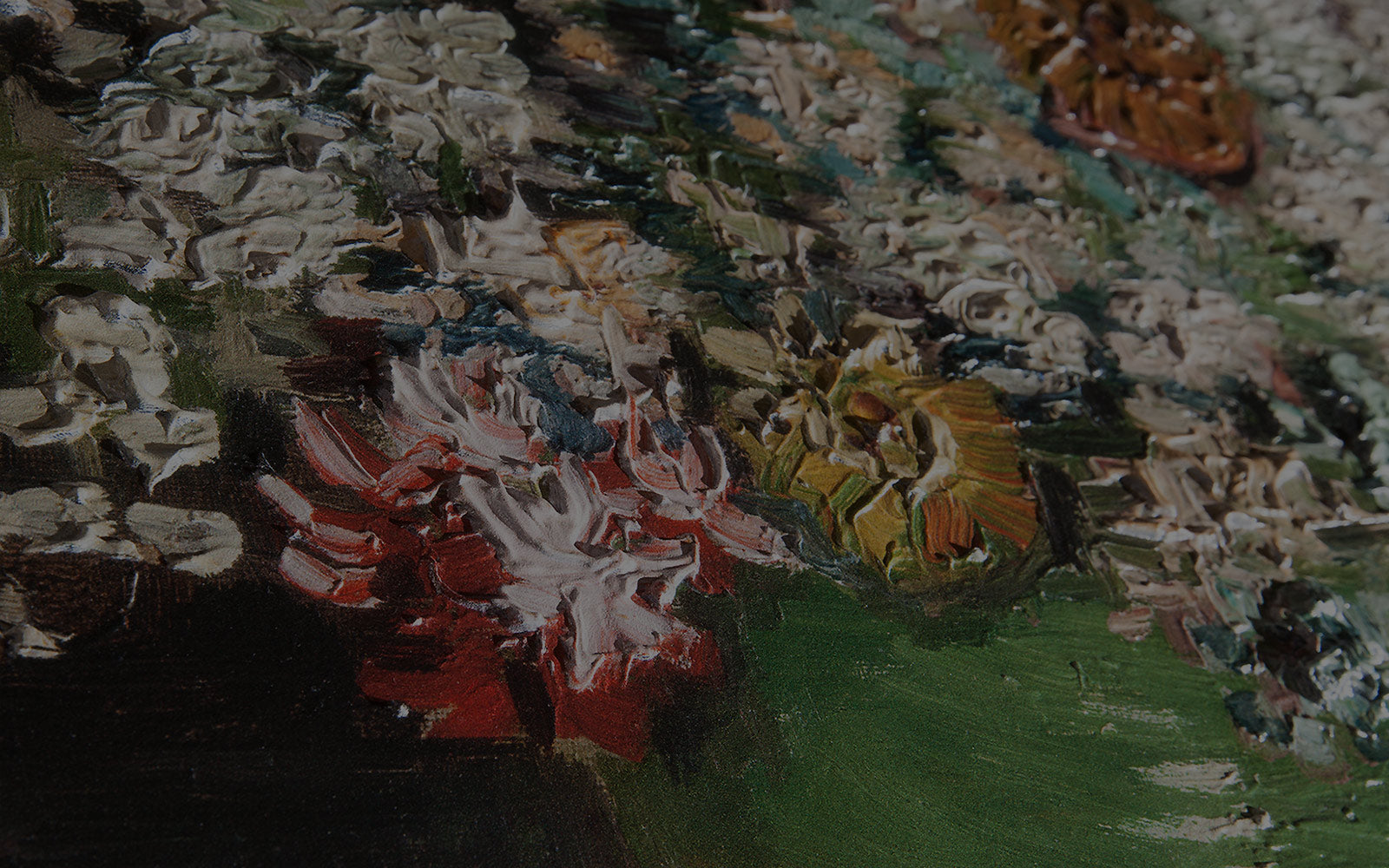
Technology to Protect and Preserve
Safely Push the Boundaries of Conservation with 3D Digitization
With the foundations of our technology being used in an NRC (National Research Council) project to scan the Mona Lisa, our engineers have spent years developing conservation technology of tomorrow.
With pioneering 3D mapping and digitization, even the earliest signs of degradation can be identified, without even touching the surface of a painting. Most recently, a partnership with the National Gallery of Canada allowed our engineers and museum conservators to inspect the fragile surfaces of masterpieces, to details finer than one-tenth of a human hair.
In the video below, Scientific Advisor, Mike Jackson, and the National Gallery of Canada’s Director of Conservation and Technical Research, Stephen Gritt, discuss how they digitally restored a Claude Monet masterpiece.

Artwork Safety is Paramount
Our system is designed to never touch the surface of a painting. The greatest precaution is taken at all stages of digitization, thanks to a number of safety and security features. Artwork is always scanned vertically to minimize stress and light emitted during scanning is the equivalent to just one hour of museum light exposure.

Creating Digital Fingerprint
Take a digital fingerprint of your collection to help preserve the condition of a painting as it is today. This data can aid future conservation and restoration processes for generations to come. Also, benefit from the peace of mind that the data of a painting can live on should anything ever happen to the original painting.

Experiment with Digital Restoration
Reduce the amount of time a painting needs to come off display by inspecting its surface via a digital model, zooming into details as fine as one-tenth of a human hair. Experiment with digital restoration and review treatment digitally, and in an elevated print, before starting the hands-on restoration of an original piece.
- Contact Us
- Shipping Info
- Product FAQs
- Returns & Exchanges
- Warranty
- Terms of Service
- Privacy Policy
- Cookie Policy
- Terms of Service
- Refund policy
- Do not sell my personal information
Sign up to get the latest on sales, new releases and more…
© 2025 Verus Art, an Arius Technology Company.
